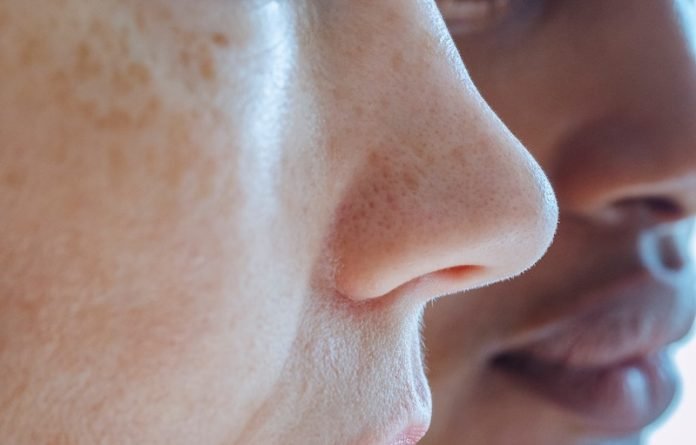
The olfactory nerve in the nose is directly exposed to air and offers a short pathway to the brain, one which bypasses the blood-brain barrier.
It’s a route that viruses and bacteria have sniffed out as an easy one into the brain.
A recent study from Griffith University found that a bacteria can travel through the olfactory nerve in the nose and into the brain in mice, where it creates markers that are a tell-tale sign of Alzheimer’s disease.
They showed that Chlamydia pneumoniae used the nerve extending between the nasal cavity and the brain as an invasion path to invade the central nervous system.
The cells in the brain then responded by depositing amyloid beta protein which is a hallmark of Alzheimer’s disease.
The team says picking your nose and plucking the hairs from your nose are not a good idea.
You don’t want to damage the inside of your nose and picking and plucking can do that. If you damage the lining of the nose, you can increase how many bacteria can go up into your brain.
Smell tests may also have the potential as detectors for Alzheimer’s and dementia, as loss of sense of smell is an early indicator of Alzheimer’s disease.
The team suggests smell tests from when a person turns 60 years old could be beneficial as an early detector.
They are already planning the next phase of research and aim to prove the same pathway exists in humans.
There are some simple steps to look after the lining of your nose that people can take now if they want to lower their risk of potentially developing late-onset Alzheimer’s disease.
The study was conducted by Professor James St John et al and published in the journal Scientific Reports.
If you care about brain health, please read studies about how the Mediterranean diet could protect your brain health, and blueberry supplements may prevent cognitive decline.
For more information about brain health, please see recent studies about antioxidants that could help reduce dementia risk, and Coconut oil could help improve cognitive function in Alzheimer’s disease.
Copyright © 2023 Knowridge Science Report. All rights reserved.



